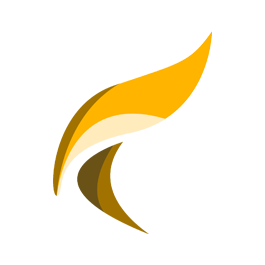FULL ABSTRACT SUBMISSION
STYLE OF PRESENTATION
For Oral Presenters
1) Time allowance for presentation
The time allocated for each presentation is a follows:
Oral Presentation: 15 minutes (Q&A is also included in this time)
Careful time keeping is vital to ensure the smooth operation of the entire program. Please make sure not overrun your allocated time.
The time allocated for each presentation is a follows:
Oral Presentation: 15 minutes (Q&A is also included in this time)
Careful time keeping is vital to ensure the smooth operation of the entire program. Please make sure not overrun your allocated time.
2) Equipment for presentation
Each meeting room is equipped with one microphone and one LCD projector. All speakers are requested to make your presentation by PC. PC for your presentation will be provided by the organizer, but we recommend you to bring your presentation your own laptop PC. (You may use either Windows PD or Macintosh PC) PC should have display output interface with D-sub 15 pin.
- Please check if your PC has a D-sub 15 pin connector and if not please bring necessary equipment.
- Please bring CD-R or USB memory to back up for PC troubles.
- Electrical supply is 220 volts AC. Please bring necessary transformers and plug adapters
We strongly recommend you to check your PC connection and presentation at the PC desk of each session room at least 10 minutes before your session starts presentation.
Each meeting room is equipped with one microphone and one LCD projector. All speakers are requested to make your presentation by PC. PC for your presentation will be provided by the organizer, but we recommend you to bring your presentation your own laptop PC. (You may use either Windows PD or Macintosh PC) PC should have display output interface with D-sub 15 pin.
- Please check if your PC has a D-sub 15 pin connector and if not please bring necessary equipment.
- Please bring CD-R or USB memory to back up for PC troubles.
- Electrical supply is 220 volts AC. Please bring necessary transformers and plug adapters
We strongly recommend you to check your PC connection and presentation at the PC desk of each session room at least 10 minutes before your session starts presentation.
3) When you make a PowerPoint file for your presentation, please be sure that all graphics are embedded in the presentation file. Fonts should be standard fonts such as Times New Roman, Arial, or Courier. If non-standard fonts must be used, they should be embedded in the presentation files. Also, please set up the slide size for "On-screen show".
For Poster Presenters
All Poster sessions will be held at CONFERENCE room. Each poster presentation is allotted one poster board. Presenters should use mounting tape to put up their posters. Mounting tape will be prepared by the secretariat.
- The size of poster panel is 90 cm (height) X 60 cm (width) for A1.
- The title should be composed of CAPITAL letters at least one inch high.
- Use the minimum amount of text possible. Only use what is necessary to make your point. Be concise, but answer the basic questions (What, When, Where, How, and Why) using the standard format. Introduction (background, statement of problem, purpose/objectives), Methods (experimental design, techniques), Results (date summary, findings), and Conclusions (interpretations, implications) organize the material to tell a logical, coherent story.
- Use large, BOLD lettering for readability. Use fonts that are easy to read (i.e., avoid fancy fonts). All text should be easily read from a 2-meter (+) distance.
- Use borders or white space to separate sections. Avoid large, continuous blocks of text.
- Use figures (graphs, charts and illustrations) (with captions) as much as possible, making sure that they are legible.
- The use of color will enhance poster readability (i.e., for contrast and to highlight important points) and attractiveness. Aesthetics are an important part of preparing a poster that will attract attention.
- Summarize results/findings. Bullets work well to summarize key points or contributions of the study.
- Keep your poster simple and provide a clear "take-home" message; you can provide details in discussions or during the conference proceedings..


